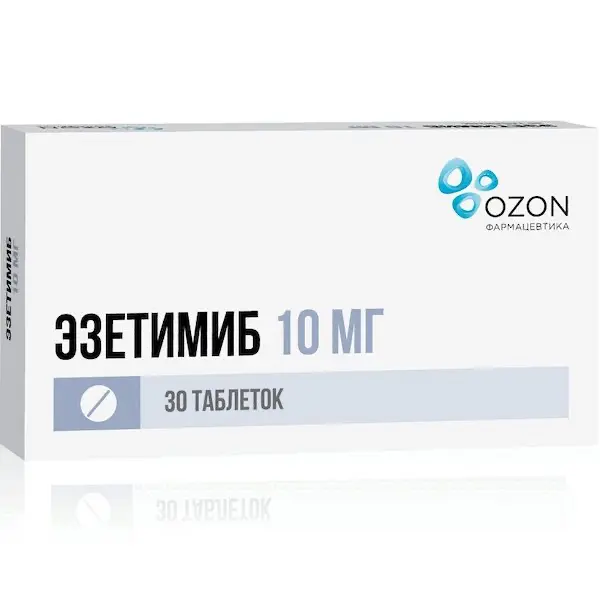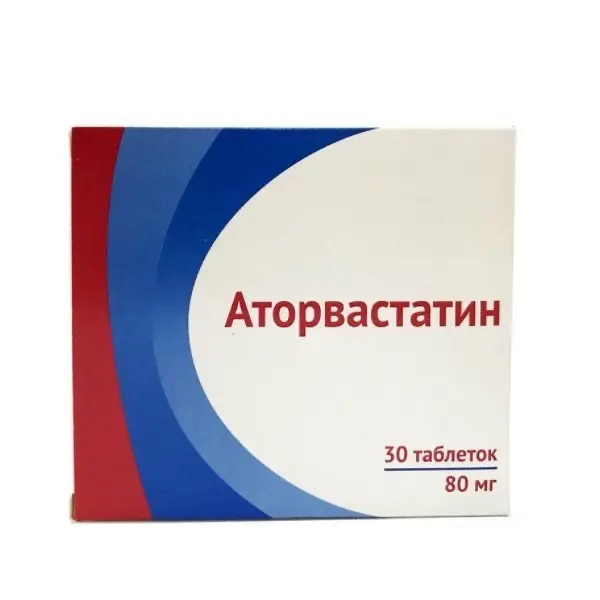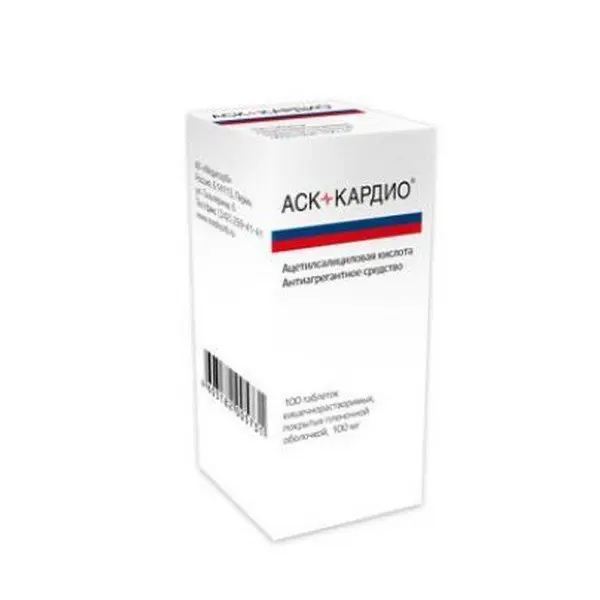Description
Ezetimibe Pharmacodynamics
Ezetimibe is a member of a new class of hypolipidemic agents that selectively inhibit the absorption of cholesterol (cholesterol) and some plant sterols in the intestine.
Mechanism of action
The drug is effective when taken orally. Mechanism of action of ezetimibe differs from the mechanism of action of other classes of hypolipidemic agents (for example, HMG-CoA reductase inhibitors (statins), bile acid sequestrants, fibrates and plant statins). The molecular target of ezetimibe is a transporter protein (Niemann- Pick Cl-Like 1, NPC1L1) responsible for intestinal absorption of cholesterol and phytosterols.
Ezetimibe localizes in the brush border of small intestine and prevents the absorption of cholesterol, which leads to a decrease in the intestinal cholesterol supply to the liver, due to which the hepatic cholesterol reserves are reduced and the excretion of cholesterol from the blood is increased. Ezetimibe does not increase bile acid excretion (unlike bile acid sequestrants) and does not inhibit HC synthesis in the liver (unlike statins).
In a clinical trial involving patients with hypercholesterolemia, ezetimibe reduced intestinal cholesterol absorption by 54% compared with placebo. By inhibiting intestinal cholesterol absorption, ezetimibe reduces cholesterol entry into the liver. Statins reduce synthesis of cholesterol in the liver. When used concomitantly, the drugs of these two groups provide an additional reduction of cholesterol concentrations. Ezetimibe taken simultaneously with statins reduces the concentration of total cholesterol (TC), low-density lipoprotein cholesterol (LDL-C), apolipoprotein B (apo-B), low-density lipoprotein cholesterol (non-HDL-C), is calculated as the difference between the concentration of CHD and HDL) and triglycerides (TG), and increases plasma concentration of high-density lipoprotein cholesterol (HDL-C) in patients with hypercholesterolemia to a greater extent than ezetimibe or statin taken in monotherapy. Concomitant use of ezetimibe with fenofibrate reduces the concentration of COX, LDL-C, apo-B, TG and non-HDL-C. and increases the plasma concentration of HDL-C in patients with mixed hypercholesterolemia.
Clinical studies have shown that elevated concentrations of OH, LDL cholesterol and apo-B (the main protein component of LDL) contribute to the development of atherosclerosis. In addition, a decreased concentration of HDL cholesterol is also associated with the development of atherosclerosis. Epidemiological studies have shown that cardiovascular morbidity and mortality are directly related to the concentrations of CHC and LDL cholesterol and inversely related to the concentration of HDL cholesterol. Like LDL, lipoproteins rich in CHD and TG, including very low-density lipoproteins (VLDL), intermediate-density lipoproteins (IDL), and remnants. can also contribute to atherosclerosis.
A series of preclinical studies were conducted to determine the selectivity of ezetimibe with regard to inhibition of cholesterol absorption.
Ezetimibe inhibited [14C]-cholesterol absorption and had no effect on absorption of TG. fatty acids, bile acids, progesterone, ethinylestradiol and fat-soluble vitamins A and D.
Indications
Primary hypercholesterolemia
Ezetimibe in combination with HMG-CoA reductase inhibitors (statins) or in monotherapy in addition to diet is indicated to reduce elevated concentrations of CHC, LDL-C, apo-B, TG and non-HDL-C. and to increase HDL-C concentration in adults and adolescents (10-17 years) with primary (heterozygous familial and non-family) hypercholesterolemia.
Ezetimibe in combination with fenofibrate in addition to the diet is indicated to reduce elevated concentrations of CHC, LDL-C, apo-B, and non-HDL-C in patients with mixed hypercholesterolemia (see “Administration and Doses”)
Prevention of cardiovascular disease
Ezetimibe taken in combination with statins is indicated to reduce the risk of cardiovascular events (cardiovascular death, non-fatal myocardial infarction, non-fatal stroke, hospitalization for unstable angina or when revascularization is required) in patients with coronary heart disease (CHD).
Prevention of major cardiovascular complications in patients with chronic kidney disease
Ezetimibe taken in combination with simvastatin is indicated to reduce the risk of major cardiovascular events (nonfatal myocardial infarction or cardiac death, stroke, or any revascularization procedure) in patients with chronic kidney disease.
Homozygous familial hypercholesterolemia
Ezetimibe in combination with a statin is indicated to reduce elevated concentrations of COX and LDL cholesterol in adults and adolescents (10-17 years) with homozygous familial hypercholesterolemia. Patients may also receive adjuvant treatment (e.g., LDL-apheresis).
Contraindications
– Hypersensitivity to any of the components of the drug.
– When prescribing ezetimibe concomitantly with statin or fenofibrate it is necessary to follow the instructions for use of the additionally prescribed drugs.
– Ezetimibe is not recommended for patients with moderate to severe hepatic impairment (7-9 points or more according to Child-Pugh scale – see sect.
“Pharmacological properties”, “Pharmacokinetics in selected groups of patients”, “Dosage and administration”),
– Children under 6 years of age.
– Lactose intolerance. lactase deficiency or glucose-galactose malabsorption.
Caution
Caution should be exercised when using ezetimibe concomitantly with fibrates, cyclosporine and indirect anticoagulants (including warfarin and fluindione). Patients concomitantly taking ezetimibe and fenofibrate should be aware of the possible risk of gallbladder disease.
Use in pregnancy and during breastfeeding
Animal studies with ezetimibe administration have shown no direct or indirect adverse effects on pregnancy, fetal development, labor, and postnatal development. No teratogenic effects were observed when ezetimibe was administered to pregnant rats in combination with lovastatin, simvastatin, pravastatin, or atorvastatin. When administered to pregnant rabbits, fetal skeletal defects were observed with low frequency. There are no clinical data on the use of ezetimibe in pregnancy, so caution should be exercised when prescribing the drug to pregnant women. In case of pregnancy the use of ezetimibe should be stopped. When concomitant use of ezetimibe and statin it is necessary to follow the instructions for use of this statin.
Studies in rats showed that ezetimibe is excreted with milk. There are no data on excretion of ezetimibe with breast milk in women. In this regard, ezetimibe is not recommended for use during breastfeeding if the potential benefit does not exceed the potential risk to the child. If the drug administration is necessary, the patient should stop breast-feeding.
Dosage and administration method
- Before the beginning of treatment, patients should change to appropriate lipid-lowering diet and continue this diet during the whole period of therapy with the drug Ezetimibe.
- Administration in patients with primary hypercholesterolemia
- The drug is taken orally at any time of the day, regardless of the time of meals.
- The recommended dose of the drug in monotherapy or in combination with statin or fenofibrate is 10 mg once daily. The dose of fenofibrate should not exceed 160 mg once daily in concomitant use with the drug Ezetimibe
- Administration in patients with coronary heart disease
- Combined therapy with statins
- For additional reduction of cardiovascular events in patients with coronary artery disease ezetimibe 10 mg can be used with statins with a proven effect in reducing the risk of cardiovascular complications.
- Use in patients with impaired renal function/chronic kidney disease No dose adjustment is required for patients with impaired renal function (see “Pharmacological properties”, “Pharmacokinetics in selected patient groups”). Combination therapy with simvastatin
- For patients with mild degree of renal dysfunction (glomerular filtration rate (GFR) is not less than 60 ml/min/1.73 m2) a dose adjustment of ezetimibe or simvastatin is not required. In patients with kidney dysfunction and GFR less than 60 ml/min/1.73 m2 the dose of ezetimibe is 10 mg and simvastatin 20 mg once a day in the evening.
- In these patients the use of simvastatin in higher dose should be carefully controlled (see “Pharmacological properties”, “Pharmacokinetics in selected groups of patients”).
- Use in elderly patients
- No dose adjustment is required for elderly patients (see “Pharmacological properties”, “Pharmacokinetics in different groups of patients”).
- Drug administration in children and adolescents
- No dose adjustment is required for children and adolescents older than 6 years (see “Pharmacological properties”, “Pharmacokinetics in individual groups of patients”). It is not recommended to use ezetimibe in children under 6 years of age due to lack of data on safety and efficacy in this age group.
- Administration in patients with hepatic insufficiency
- No dose adjustment is required for patients with mild hepatic impairment (5-6 points by Child-Pugh score). It is not recommended to use the preparation in patients with moderate (7-9 points by Child-Pugh scale) and severe (more than 9 points by Child-Pugh scale) liver failure (see “Pharmacological properties”, “Pharmacokinetics in different groups of patients”, “Indications”).
- In combined therapy with bile acid sequestrants
- Ezetimibe should be taken in dose 10 mg 1 time per day at least 2 hours before or 4 hours after taking bile acid sequestrants.





